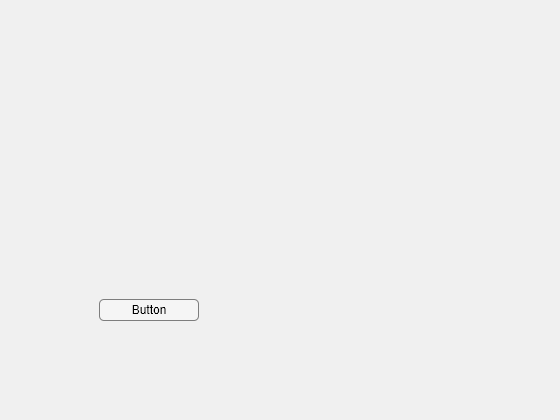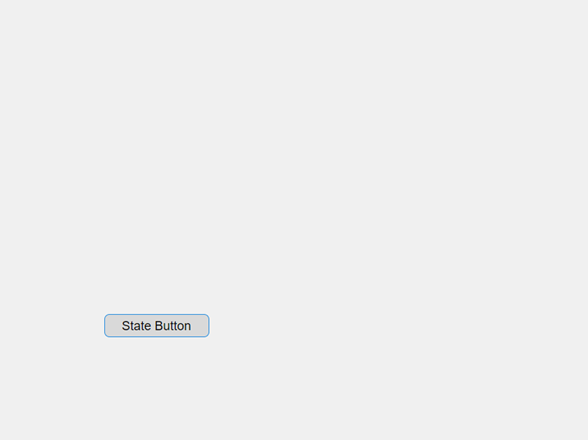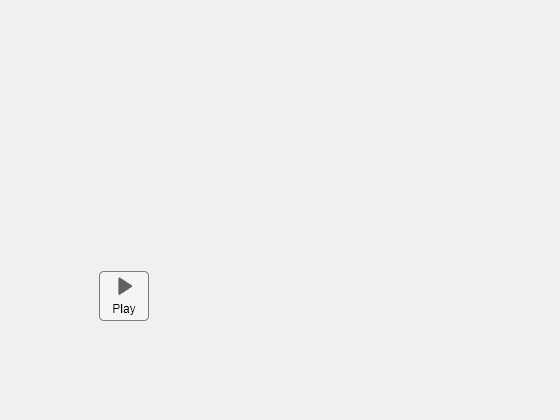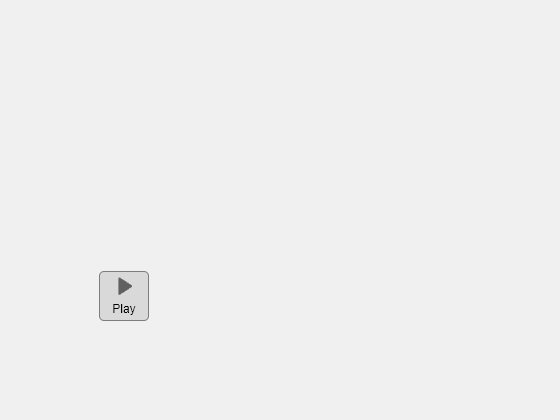uibutton
创建普通按钮或状态按钮组件
语法
说明
btn = uibuttonButton 对象。MATLAB® 调用 uifigure 函数来创建该图窗。
btn = uibutton(style)"push" 或 "state"。
btn = uibutton(___,Name,Value)BackgroundColor 属性指定按钮背景颜色。可将此选项与上述语法中的任何输入参量组合一起使用。





